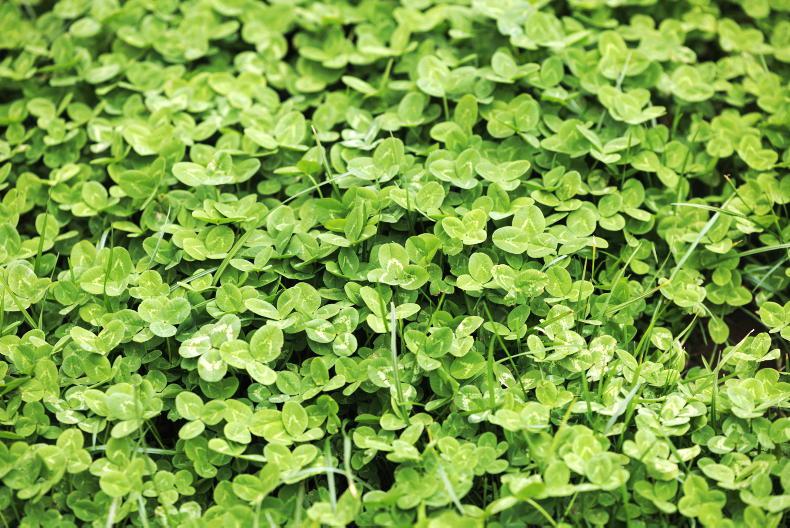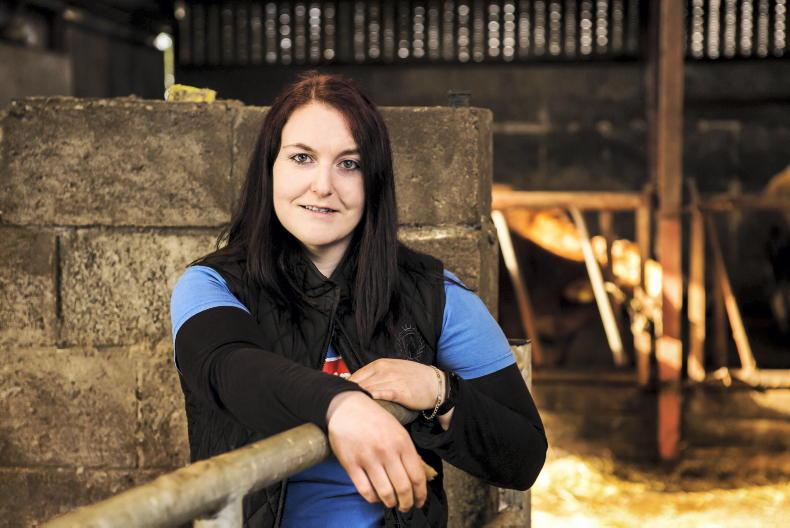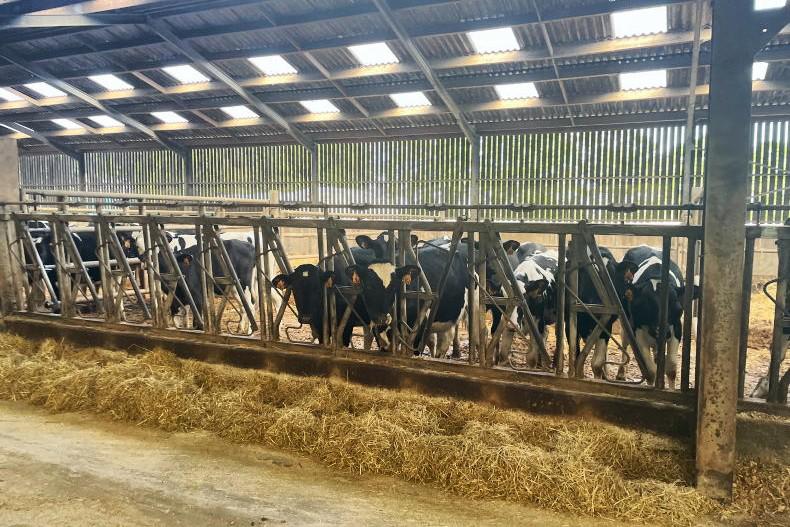Weather
Looking at the weather forecast, it now seems inevitable that soil moisture deficits are going to have an impact on grass growth. Some reduction in growth was always going to happen, but the fear is that growth rates will shortly start to go under the herd demand for grass.
Soil moisture deficits in the southeast are currently at 40-50mm and are likely to grow as there is no rain forecast for most of next week. It makes sense to carry forward some grass that would ordinarily be cut out for silage so as to have a buffer in place.
While grass quality will take a hit because pre-grazing yield will increase, it will still be better than any alternatives.
Doing a lot of mowing, whether pre-mowing in front of cows, topping or mowing for bales will reduce subsequent re-growth, so this is not a good idea when growth is already coming under pressure.
Cows are generally very content grazing with grass dry matter above 20%. Make sure they continue to clean out paddocks well. Water quality is also important, as cows will be drinking a lot more water in the dry weather. Clean out troughs where there is algal growth.
Silage
Conditions couldn’t be better for those making silage. These fields will need to be fertilised for second cut silage. Fertiliser advice is 60 units/acre of nitrogen, 10 units/acre of phosphorus, 60 units/acre of potash and 10 units/acre of sulphur.
Ideally, all the P and K will be provided in 2,000 gallons/acre of cattle slurry, with the nitrogen supplied in 1.2 bags/acre of protected urea and sulphur.
Where slurry is not available, the P and K will have to be supplied by a compound fertiliser such as two bags/acre of 0:7:30 and 1.5 bags/acre of protected urea and sulphur or, more accurately, three bags/acre of 15:3:20+S plus 0.3 bags/acre of protected urea.
Relatively thick cattle slurry spread with a low emission slurry spreader will deliver around six units/acre of nitrogen for every 1,000 gallons/acre spread. You would like to see some rain in the forecast before spreading either slurry or fertiliser.
If the nutrients aren’t being washed into the soil they can’t be taken up by the plant.
Farm safety
With schools getting their holidays, silage season in full swing and bulls in with cows, the summer is always a high risk time on farms. Health advice is to wear sunscreen at all times, even on dull days, so it’s particularly important to wear sun protection on these very sunny days.
Irish farmers are three times more likely to die from cancer than workers in other sectors, with skin cancer a key reason for that. A good hat is also important and will help to keep you cool when working outdoors.
Agitating slurry is another big risk, particularly as a crust will have formed since animals were last in the shed. Put the agitator going and leave the building, waiting 30 minutes before re-entering the shed as most of the poisonous gases should have dispersed by then.
Mobile poison gas detectors are available to purchase, which will alert the operator to the presence of harmful gas. Breezy days are much safer for agitating compared to calm days.










SHARING OPTIONS